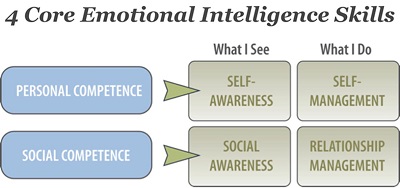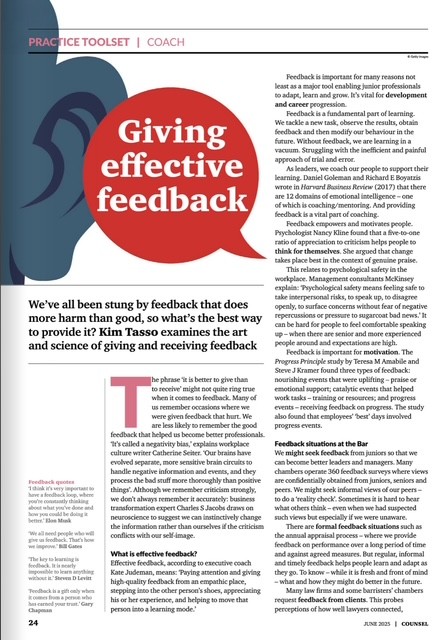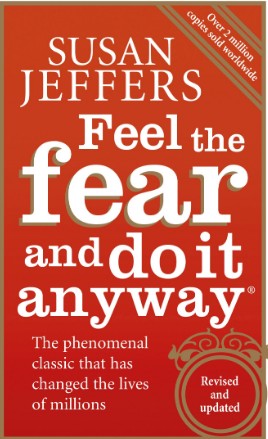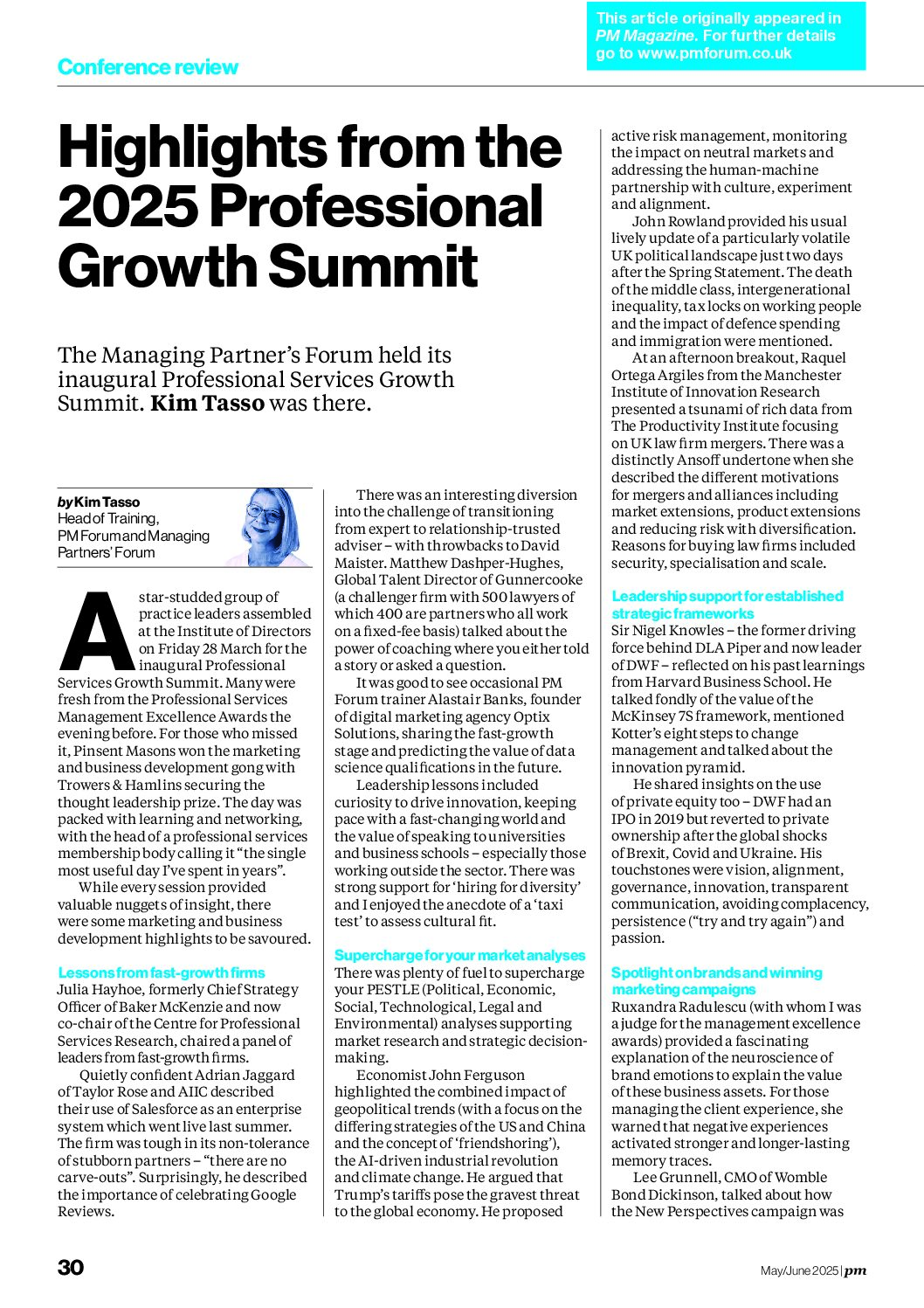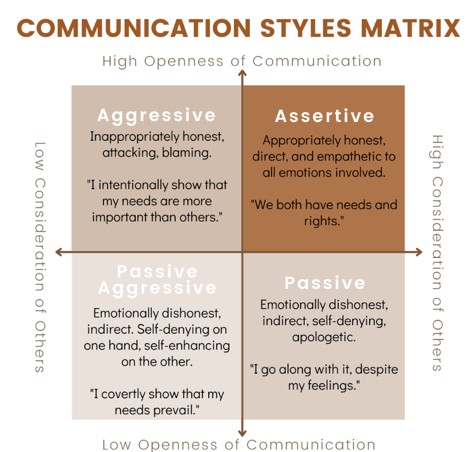Emotional Intelligence (EQ or EI) continues to generate an increasing amount of interest as the importance of emotional intelligence (aka soft skills) for leadership, management, marketing, selling and client relationship management becomes more generally known. There are many resources on this web site on the topic (use the search facility) and I provided a brief introduction and recommended some books here What is emotional intelligence and why is it important? a while ago. Book Review: Emotional Intelligence 2.0 by Travis Bradberry and Jean Greaves
One of the advantages of this short and to the point book is that it comes with an authorisation code to undertake an on-line assessment of your emotional intelligence both at the start and once again once you have developed your skills. And it helps you to develop an EQ action plan. To have your emotional intelligence measured by qualified assessors would cost several times the cost of the book so it’s a good deal.
The other advantage of the book is that, after a brief introduction (including a review of the five core human emotions and how they alter in intensity), it focuses on providing 66 simple, practical exercises to help you develop your chosen area (self-awareness, self-management, social awareness, relationship management) – whether building on existing strengths or addressing any weaknesses. There’s a huge amount of applied psychology included covering well known and unusual techniques spanning physical, emotional and cognitive approaches.
Yes, it is US flavoured. And it starts with a shark story – what better way to express the difference between an emotional panic response and a calm, reasoned one? There’s a very short science bit where the physical aspects of the limbic system (source of emotions) are explained. It explains that intelligence is the ability to learn and personality the style that defines our preferences.
There are helpful descriptions of people and scenarios in the workplace to demonstrate what each of the four core EQ skills look like – when they are high and when they are low. It encourages the reader to strive to improve their EQ skills by explaining the brain’s plasticity – its ability to change.
Whilst I have been working in the area of emotional intelligence for almost two decades, I did pick up some interesting facts and figures that I wasn’t aware of:
- Only 35% of people tested are able to accurately identify their emotions as they happen
- Tested EQ alongside 33 other important skills and it subsumes the majority of them including time management, decision making and communication.
- EQ accounts for 58% of performance in all types of jobs and is the single biggest predictor in the workplace and the strongest driver of leadership and personal excellence
- 90% of the high performers are also high in EQ – people with high EQs make more money (average $29,000 more pa)
- Self-management skills appear to increase steadily with age
- Whilst women and men are roughly equal in their ability to recognise their own emotions, men have recently caught up in their ability to manage their emotions and the other skills – so the gender gap is closing
- Middle managers have the highest EQ scores in the workforce, with CEOs, – on average – with the lowest. Yet the authors have found EQ skills are more important to job performance than any other leadership skill
- American executives averaged 15 points lower than Chinese executives in self-management and relationship management
- The average person has about 50,000 thoughts each day
The other interesting insight from the authors is that whilst they have generally observed an increase in EQ across the US population (from 13.7% with high EQ skills in 2003 to 18.3% in 2007) it actually declined in 2008 – the start of the recession.
Related articles on empathy and emotional intelligence
An introduction to emotional intelligence (EQ) and empathy (Video) July 2020
Emotional Regulation – A key element of Emotional Intelligence (EQ) August 2021
What are soft skills? And why are they so important? (Video) June 2020
emotional intelligence and teams in change management January 2024
Book launch: Essential soft skills for lawyers – some research findings July 2020
Research on leadership and emotional intelligence (EQ) September 2021
Negotiating skills – Balancing task and relationship April 2024
What is emotional intelligence and why is it important? January 2014
Change Management – Ted Lasso leadership lessons, emotions May 2024
Book Review: The Coaching Manual by Julie Starr – Kim Tasso July 2024
Better Business Relationships – The building blocks June 2020
Assertiveness toolbox – Kim Tasso May 2025
What happens in therapy? – Kim Tasso April 2025
Confidence to overcome a fear of failure – Kim Tasso September 2024
my relationships like rollercoaster rides? Volatile relationships (kimtasso.com) August 2024
How do you choose a therapist? – Kim Tasso July 2024
Emotional Regulation – A key element of Emotional Intelligence (EQ) (kimtasso.com) August 2021
Psychology and business communication (kimtasso.com) January 2015 An introduction to Transactional Analysis (TA) and the Parent Adult Child model
Book reviews
Book review – Counselling for toads May 2025 This beautiful short book explains the principles of Transactional Analysis (TA) – and the Parent Adult Child model – by telling a story based on Toad of Toad Hall in “The Wind in the Willows”.
Book Review: The Power of Now by Eckhart Tolle March 2025 A best-selling guide to ceasing your incessant thoughts, focusing on the present “here and now”, spiritual enlightenment and finding inner peace.
Overcoming low self-esteem – a self help guide using cognitive behavioural techniques January 2025
Book review: Taking charge of Adult ADHD by Russell A Barkley (kimtasso.com) October 2024
“Adult children of emotionally immature parents – how to heal (kimtasso.com) August 2024 An excellent book that has helped several clients suffering from anxiety, depression and “failed” relationships. How to recognise emotional, driven, passive and rejecting parenting styles and the coping mechanisms adopted (e.g. people pleasing, high independence etc).
Book reviews on stress and trauma – “When the body says No” (kimtasso.com) June 2024 Review of “When the body says no – The cost of hidden stress” by Gabor Mate and “The body keeps the score – mind, brain and body in the transformation of trauma” by Dr Bessel Van Der Kolk
Book review: The Thriving Lawyer by Traci Cipriano (resilience) (kimtasso.com) June 2024 A review of a book into the mental health and resilience of lawyers in law firm cultures. The author is a former practising attorney and clinical psychologist.
The Tools – Five life-changing techniques to unlock your potential (kimtasso.com) April 2024 A review of the book by psychiatrist Phil Stutz
Book review – Creating self-esteem by Lynda Field (kimtasso.com) March 2024 A classic book on realizing your true self worth
Book review: How to do the work (recognise your patterns (kimtasso.com) December 2023. Review of a book to support psychoeducation. Topics include: conscious self, theory of trauma, mind-body healing practices, inner child, boundaries, reparenting and emotional maturity.
Dr Julie Smith (Mental Health Guidance) (kimtasso.com) July 2023. Review of the book “Why has nobody told me this before?” that explores helpful ideas on low mood and depression, motivation, anxiety, emotional pain, grief, self-doubt, fear, stress and a meaningful life.
Overcoming clinical depression (2021) by Oliver Kamm (kimtasso.com) March 2023. A review of the book “Mending the Mind” which explores what it is like to suffer from depression and both the medical and psychological sources of help.
Lost connections – Why you’re depressed by Johann Hari (kimtasso.com) October 2019. A review of a popular book about the nine common reasons people suffer from depression.
Crazy busy – Book review – Dealing with stress (kimtasso.com) October 2009. This book examines modern life and offers practical advice to avoid stress and restore calm.
Book review: The psychology of successful women by Shona Rowan (kimtasso.com) June 2022. Topics include: confidence, assertiveness, boundaries, public speaking, impact, influence, visibility and bouncing back from setbacks.
Your personal transition – Endings, neutral zone and new beginnings (kimtasso.com) June 2020. Helps you navigate major changes in your life and prepares you for the emotional roller-coaster of change.


